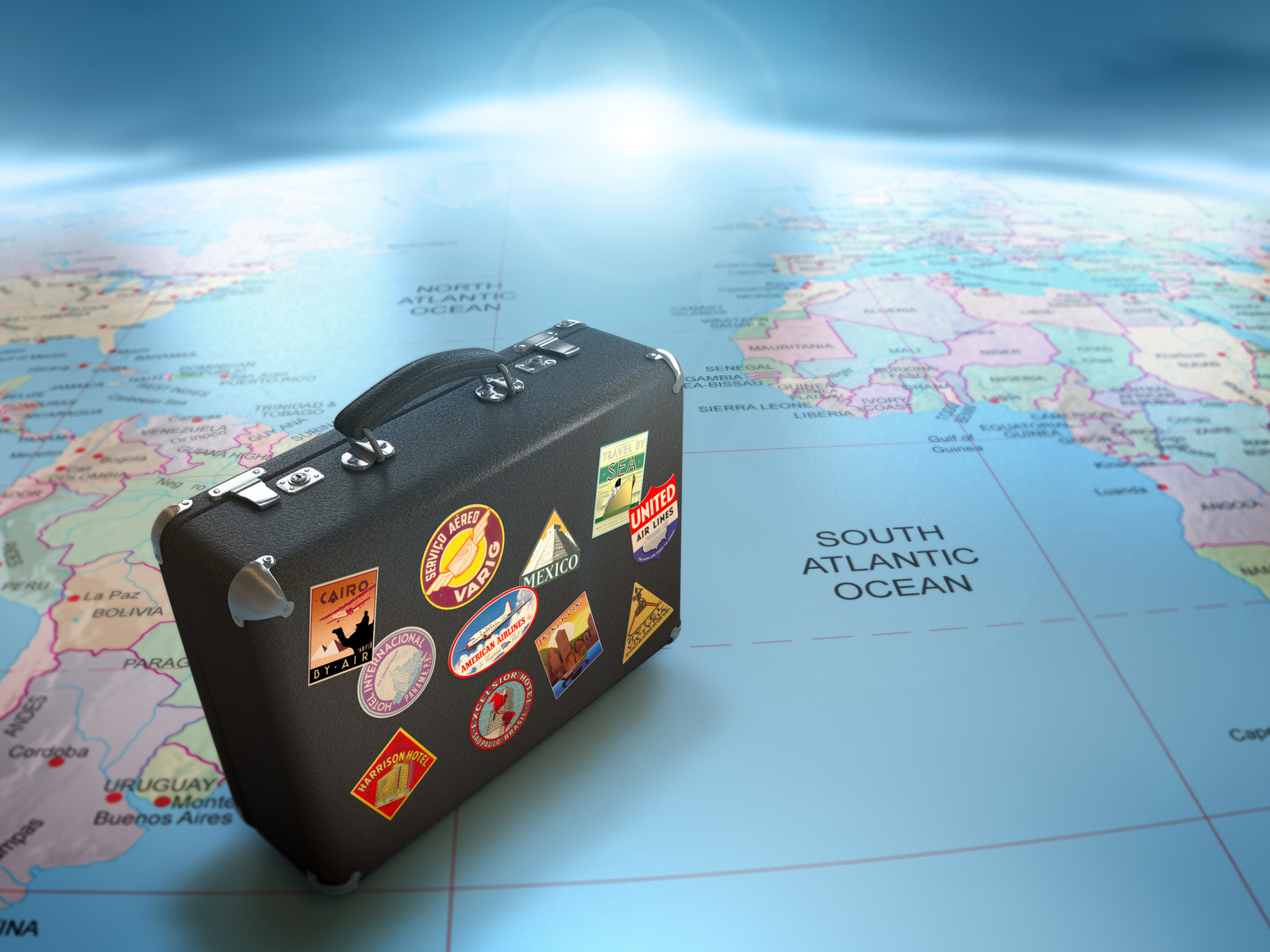The Bara Imambara Complex might be the first monument the locals will advise you to visit in Lucknow. This cultic and religious structure was built at the end of the 18th century by Asaf-ud-Daula, the Nawab (governor) of Awadh.
The term «imambara» is used by the Shias of Southern Asia. It is a sacred place where Shia Muslims gather during the month of Muharram, the mourning time for Hussein ibn Ali, a grandson of Prophet Muhammad. Even though there are a plethora of imambaras in Lucknow, the imposing architecture of this complex arouses a special admiration.
Bara Imambara (the Big Imambara) unites several edifices: the Asfi Mosque, the main building with the famous Bhulbhulaiya maze, and the step Shahi Baoli well hall. The impressive Rumi Darwaza gateway with a carved arch serves as the western entrance into the complex and a symbolic portal into the legendary past of the city. Besides, the complex hosts spacious courtyards.
Inside the central chamber of the imambara, they placed the shrines of the Nawab, the founder of the complex, and the architect who designed the project of the majestic complex.
Most often the visitors and travelers from all over the world are fascinated with the maze where countless «Z» bends and dead-ends intertwine. No way the visitors will escape without the help of a guide!
For the connoisseurs of architecture, Bara Imambara is attractive due to the construction tricks that the architects of the past applied. In addition, the development of the structure took place during the years of a devastating famine in the Awadh area. That is when Nawab Asaf-ud-Daula launched this grand social project: lots of people were hired for a long term while the hard times continued. To realize the grandiose plan, it took them 14 years. Almost 20 000 people worked on the construction of the gigantic complex.
Bara Imambara is open to the public from 6:00 a.m. to 5:00 p.m. The tour over the monument takes approximately an hour. The complex is available to visitors on all days of the week. The entrance fee for foreign tourists costs 500 Indian rupees, and permission for photography and video shooting is paid separately.



